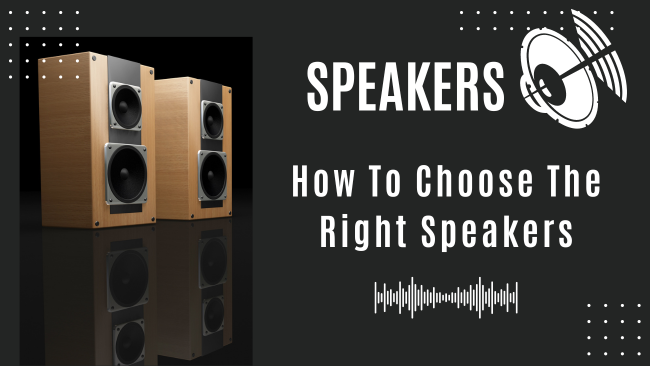How To Choose The Perfect Speakers: Your Ultimate Guide

Wired vs Bluetooth Speakers: Which One Should You Choose?
April 23, 2023why do my headphones sound muffled
May 6, 2023How To Choose The Right Speakers: Your Ultimate Guide
Hey there, fellow audiophiles! Are you on the hunt for new speakers to take your listening experience to the next level? With so many options out there, it can be overwhelming trying to decide which one is right for you.
But fear not – as an audio engineer, I’m here to help guide you through the process of choosing the perfect set of speakers. First and foremost, it’s important to consider what kind of music or media you’ll primarily be using your speakers for.
Do you enjoy deep bass-heavy tracks that require a powerful subwoofer? Or are you more interested in crystal-clear treble and midrange frequencies for classical compositions or podcasts? Understanding your specific needs will make all the difference in selecting a speaker system that truly suits your tastes.
So let’s dive deeper into how to choose the perfect speakers to elevate your listening game.
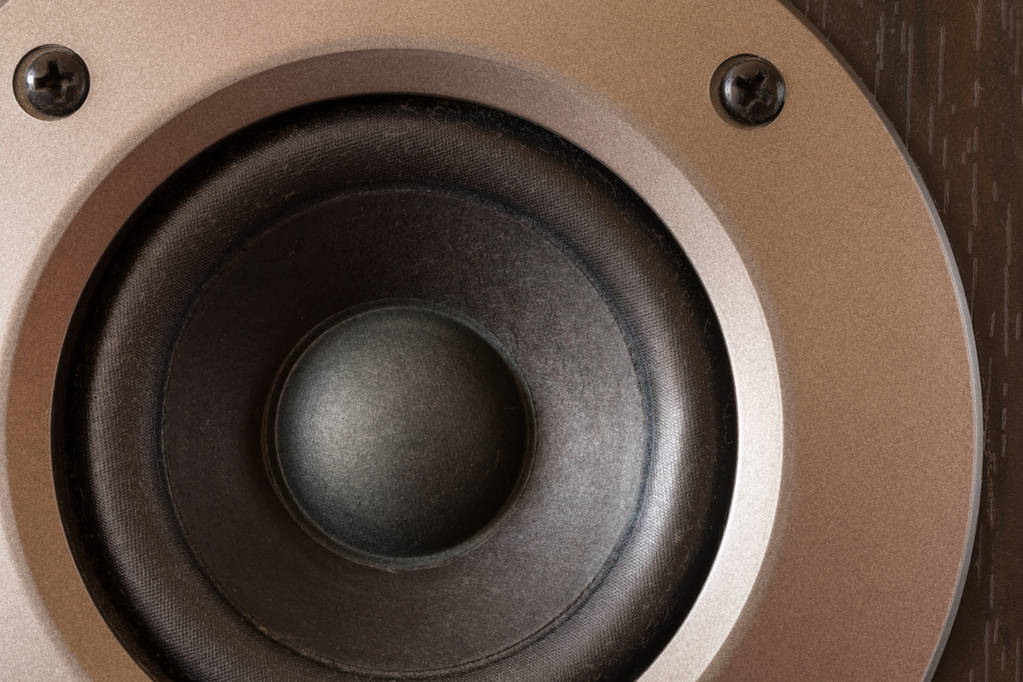
What Are Speakers?
Speakers are a crucial component of any audio system, whether it’s for your home theater or music setup. They convert electrical signals into sound waves that our ears can hear. Choosing the right speakers is essential to get the desired sound quality and experience.
There are different types of speakers available in the market today – bookshelf, floor-standing, satellite, and more. Each type of speaker has its own unique features and specifications that make them suitable for certain applications.
When selecting a speaker, consider the size of your room, purpose of use, personal preferences, and budget constraints. Keep in mind that high price tags do not always guarantee excellent performance; you need to choose the right speakers based on your requirements rather than blindly following brand names or marketing gimmicks.
As we move forward in this guide about choosing perfect speakers, let us now explore who should invest in stereo speakers?
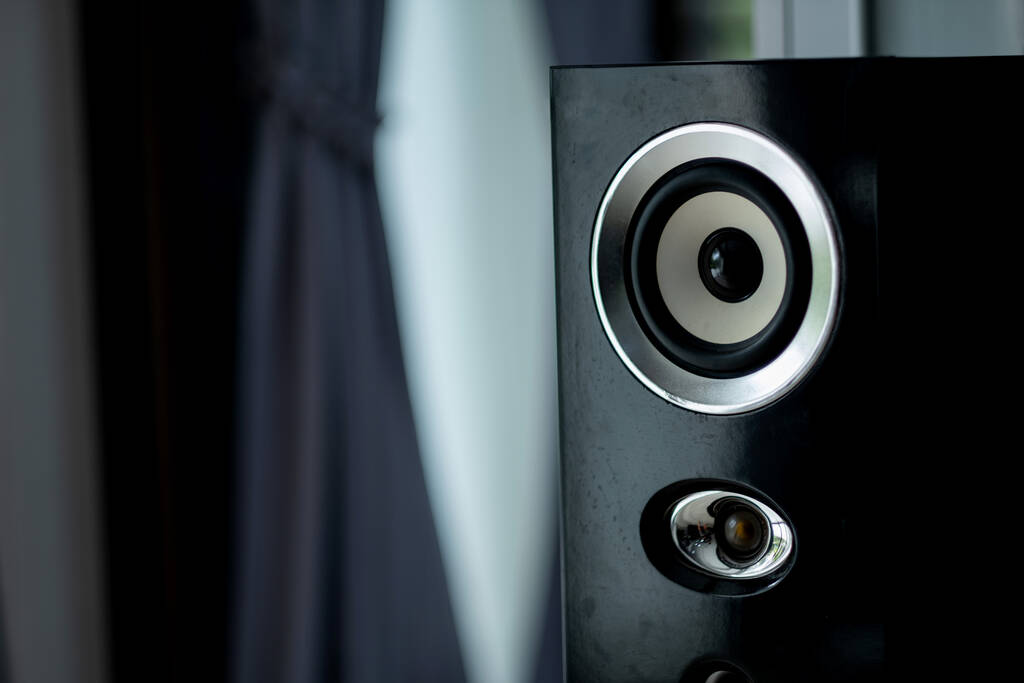
Who Should Invest In Stereo Speakers?
Now that you have a basic understanding of what speakers are, it’s time to dive into choosing the right ones for your needs.
For those who appreciate high-quality sound and want an immersive experience while watching movies or listening to music, stereo speakers may be the perfect choice. Stereo speakers provide a clear and balanced sound by separating the audio signal into two channels, left and right, creating depth and dimensionality in the sound.
If you’re looking for something more advanced than just stereo speakers, consider investing in home theater systems with surround sound capabilities. These systems use multiple speakers positioned around a room to create a 360-degree soundscape, allowing you to feel like you’re part of the action on screen.
When choosing between different types of speakers, keep in mind factors such as size, power output, and compatibility with other equipment. It’s always best to do some research before making any purchases to ensure that you get the most out of your investment in quality audio equipment.
: What are the different types of speakers? Let’s take a closer look at how each type of speaker works and which is best suited for specific purposes.
What Are The Different Types Of Speakers?
Let’s start by talking about the different types of speakers available:
- wireless speakers
- bookshelf speakers
- floorstanding speakers
- soundbar speakers
- portable speakers
- center channel speakers
- subwoofer speakers
- outdoor speakers
- bluetooth speakers
- home theater speakers
- multiroom speakers
- surround sound speakers
- computer speakers
- karaoke speakers
- amplified speakers.

Wireless Speakers
These innovative devices are becoming increasingly popular due to their convenience and ease of use. With no cords to worry about, you can place them anywhere in your home or office without having to rearrange furniture or deal with unsightly cables.
When shopping for wireless speakers, make sure to read up on our comprehensive speaker buying guide to ensure that you find the perfect fit for your needs. Don’t settle for outdated wired technology – upgrade to the latest and greatest in audio innovation with wireless speakers!
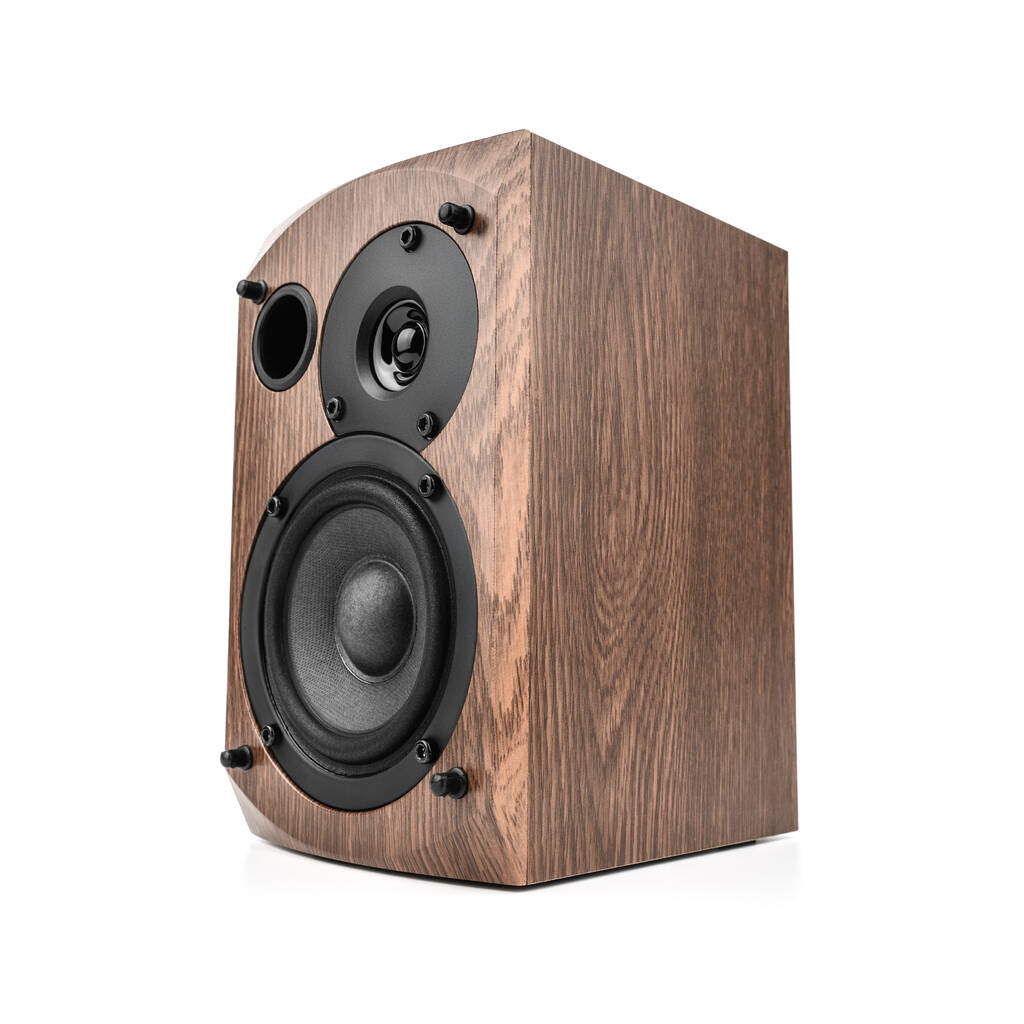
Bookshelf Speakers
Now that you’re familiar with wireless speakers, let’s dive into the different types of speakers available on the market.
One popular option is the bookshelf speaker, which as its name suggests, fits perfectly on a bookshelf or any other elevated surface. These compact speakers are ideal for those who want powerful sound without taking up too much space in their home or office.
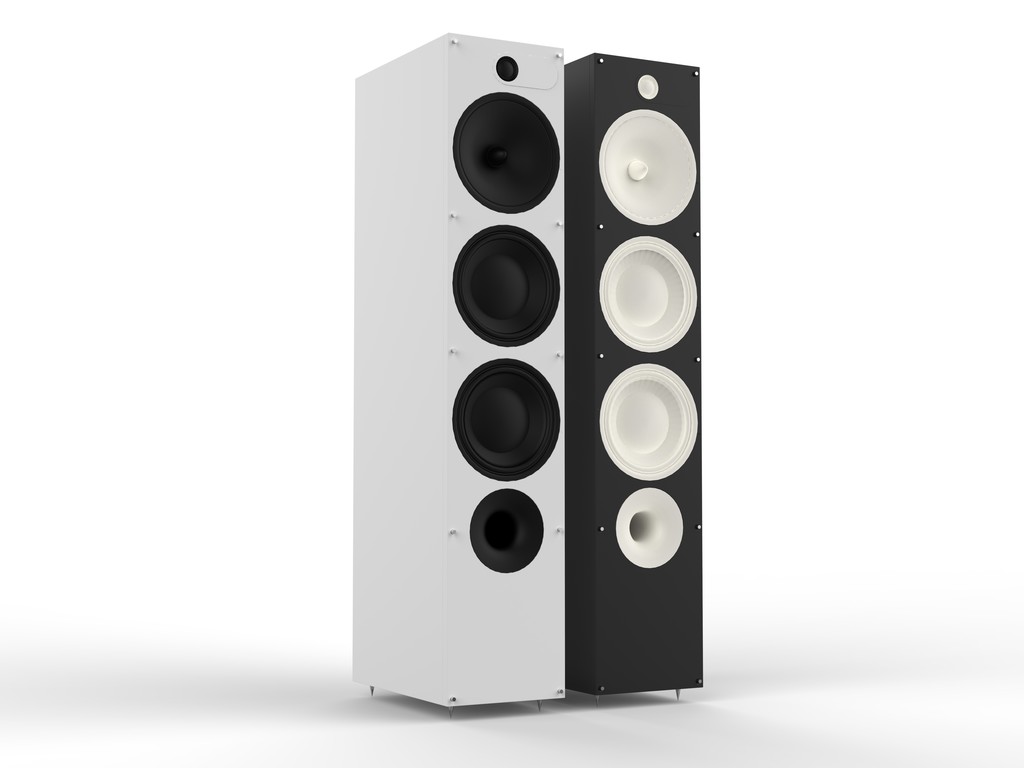
Floorstanding speakers
Floorstanding speakers, also known as tower speakers or floorstanders, are tall, free-standing audio devices designed to deliver high-quality sound for your home theater system or stereo setup. They’re often preferred by music enthusiasts and movie buffs alike, as they can create an immersive, room-filling audio experience that brings your favorite tunes and films to life.
One of the reasons floorstanding speakers are so popular is their ability to produce a wide range of frequencies. They typically have multiple drivers (the parts of the speaker that create sound) within their enclosures, including dedicated drivers for bass, midrange, and treble. This allows them to deliver deep, powerful bass notes as well as clear, detailed midrange and treble sounds. The end result is a rich, balanced audio performance that can make you feel like you’re right in the middle of the action.
Floorstanding speakers come in various sizes and designs, so you can find the perfect one to fit your room and match your aesthetic preferences. Some models even have built-in subwoofers, which can save you space and make your audio setup simpler. Keep in mind that these speakers can be a bit of an investment, but the improved sound quality and immersive experience are well worth it for many people.
When setting up your floorstanding speakers, it’s important to position them properly for the best sound quality. A general rule of thumb is to place them at least 8-10 feet apart and slightly angled towards your listening area. This helps create a more immersive, stereo soundstage that makes you feel surrounded by the audio.

Soundbar speakers
Soundbar speakers, commonly known as soundbars, are sleek, compact audio devices designed to enhance the audio quality of your TV or home entertainment system. They’ve become increasingly popular in recent years due to their space-saving design, ease of use, and ability to deliver improved sound compared to the built-in speakers on most TVs.
One of the key features of a soundbar is its slim, elongated shape. This design allows it to sit neatly below your TV or be mounted on the wall without taking up too much space. Despite their compact size, soundbars can still pack quite a punch when it comes to audio performance. They typically house multiple speaker drivers within their enclosures, which work together to create a more immersive sound experience than your TV’s built-in speakers can provide.
Soundbars come in a variety of configurations, including standalone models and those that come with additional components like a separate subwoofer or satellite speakers. A subwoofer can add more depth and impact to your audio by handling the low-frequency bass sounds, while satellite speakers can help create a surround sound effect for a more immersive movie-watching experience.
Setting up a soundbar is usually a breeze. Most models connect to your TV using an HDMI cable, an optical cable, or even wirelessly through Bluetooth. Many soundbars also offer additional connectivity options, such as the ability to connect your smartphone or tablet for streaming music.
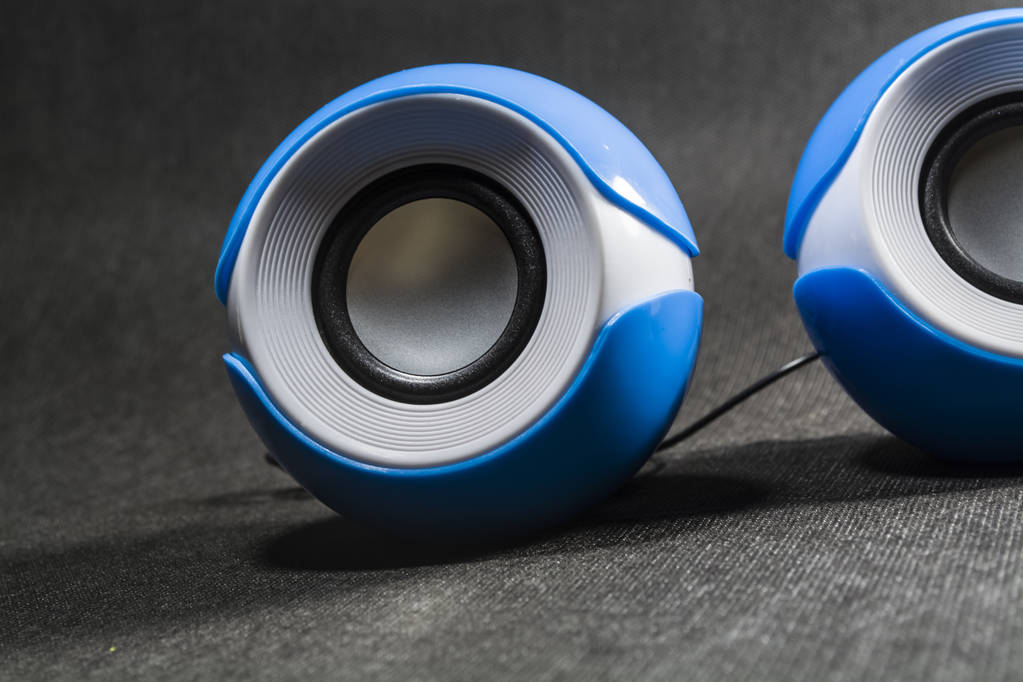
Portable speakers
Portable speakers, as the name suggests, are lightweight and compact audio devices designed for on-the-go listening. They’re perfect for those who love to enjoy their favorite tunes, podcasts, or audiobooks wherever they are, be it at the beach, a picnic, or even just hanging out in the backyard.
One of the best things about portable speakers is their versatility. They come in a wide range of shapes, sizes, and styles, so there’s definitely something for everyone. Many portable speakers offer wireless connectivity, usually through Bluetooth, which allows you to stream audio from your smartphone, tablet, or other devices without the need for any cords. Some models even have built-in rechargeable batteries, which means you can enjoy hours of music playback without worrying about finding a power outlet.
When it comes to sound quality, portable speakers have come a long way over the years. While they might not rival larger, stationary speakers, many models deliver impressive audio performance, especially considering their compact size. Some portable speakers also come with additional features, such as water resistance or built-in microphones for hands-free calling.
To make the most of your portable speaker, be sure to consider factors such as battery life, connectivity options, and durability when choosing the perfect one for your needs. Keep in mind that while some models might be more affordable, they may not offer the same level of sound quality or features as more expensive options.
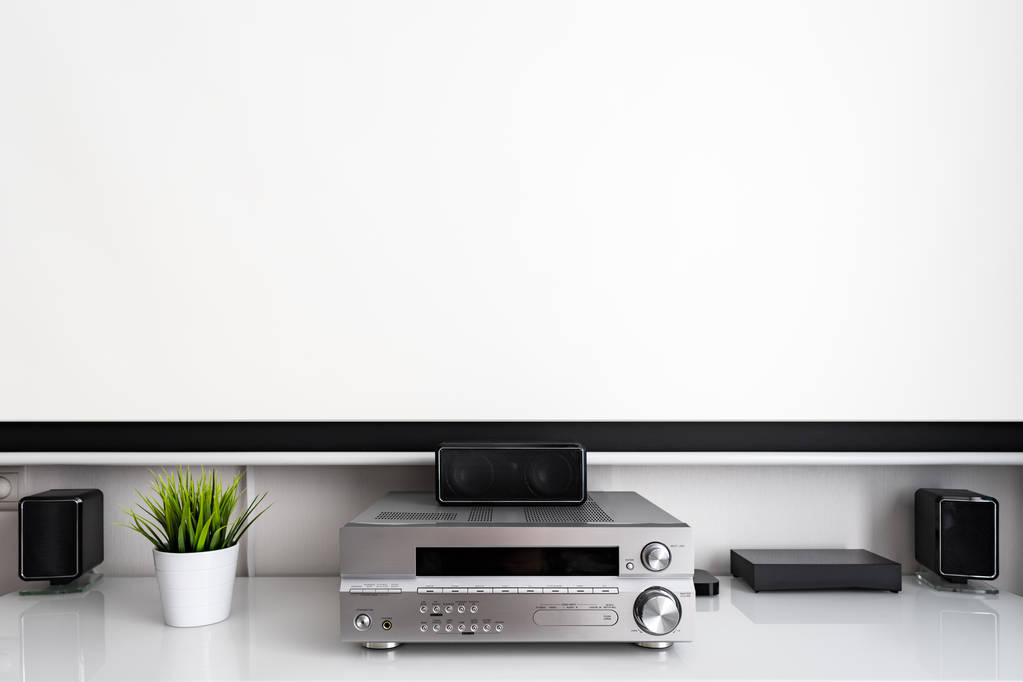
Center channel speakers
Center channel speakers are a crucial component of any home theater system. They’re designed specifically to reproduce the dialogue and sound effects that are centered on your TV screen. By focusing on these important audio elements, center channel speakers help provide clear, crisp, and balanced sound that greatly enhances your movie-watching experience.
In a typical home theater setup, the center channel speaker is placed directly above or below your TV, with left and right front speakers placed to the sides. This arrangement creates a cohesive soundstage, which allows you to fully immerse yourself in the on-screen action. The center channel speaker works in harmony with the other speakers in your system to deliver a seamless, surround sound experience.
When it comes to choosing a center channel speaker, it’s important to consider factors such as the size of your room, the power of your amplifier or receiver, and the overall quality of your home theater system. Ideally, you should choose a center channel speaker that complements the other speakers in your setup, particularly the front left and right speakers. This ensures that the audio transitions smoothly across the front soundstage, creating a more immersive and enjoyable listening experience.
Some center channel speakers come with unique features, such as angled drivers or adjustable tweeters, which can help optimize their performance based on your room layout and seating arrangement. It’s always a good idea to audition different models and read reviews to find the best center channel speaker for your specific needs and budget.
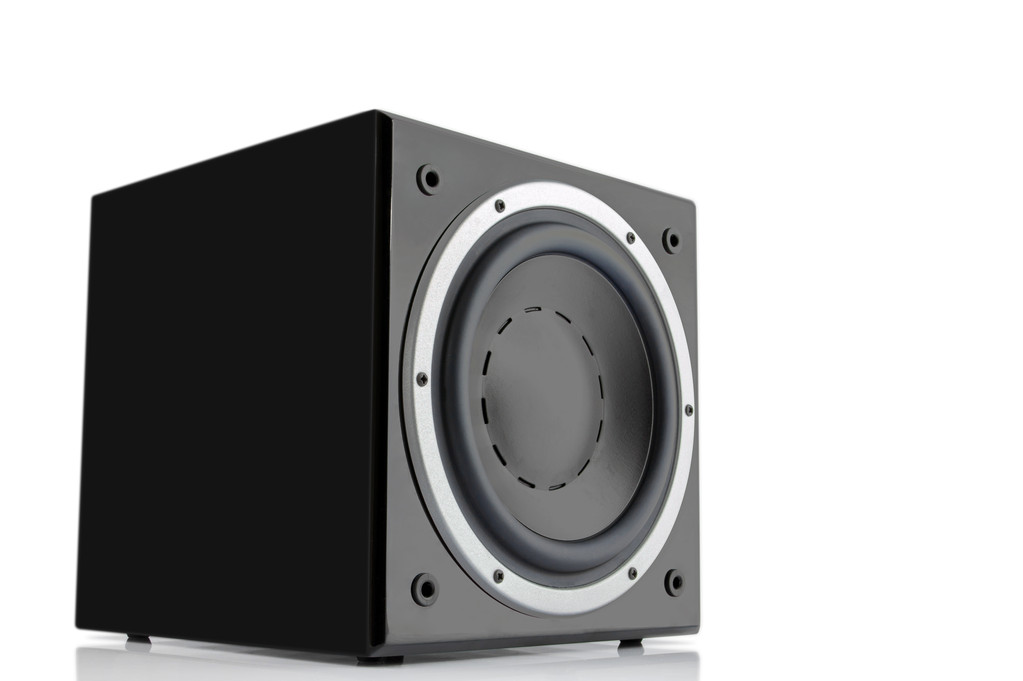
Subwoofer speakers
Subwoofer speakers, or simply subwoofers, are specialized audio devices designed to reproduce low-frequency sounds, also known as bass. They play a crucial role in enhancing the overall listening experience for music, movies, and other types of media by adding depth and impact to the sound. If you’ve ever felt the floor vibrate during an intense movie scene or the beat of your favorite song, you’ve experienced the magic of a subwoofer.
Subwoofers come in various shapes and sizes, but they all have one thing in common: a large driver (the part of the speaker that creates sound) housed in a dedicated enclosure. This driver is specifically designed to move large amounts of air, which is necessary to produce those powerful, low-frequency sounds.
There are two main types of subwoofers: passive and active. Passive subwoofers require an external amplifier to power them, while active (or powered) subwoofers have a built-in amplifier, making them a bit more convenient and easier to set up. Active subwoofers are quite popular for home theater systems and stereo setups, as they offer a simple plug-and-play solution for adding bass to your audio experience.
When choosing a subwoofer, it’s essential to consider factors such as the size of your room, the type of media you’ll be consuming, and the other speakers in your audio setup. A larger room may require a more powerful subwoofer, while a smaller one might benefit from a more compact model. Additionally, it’s important to ensure that the subwoofer integrates well with your existing speakers, creating a balanced and cohesive sound.
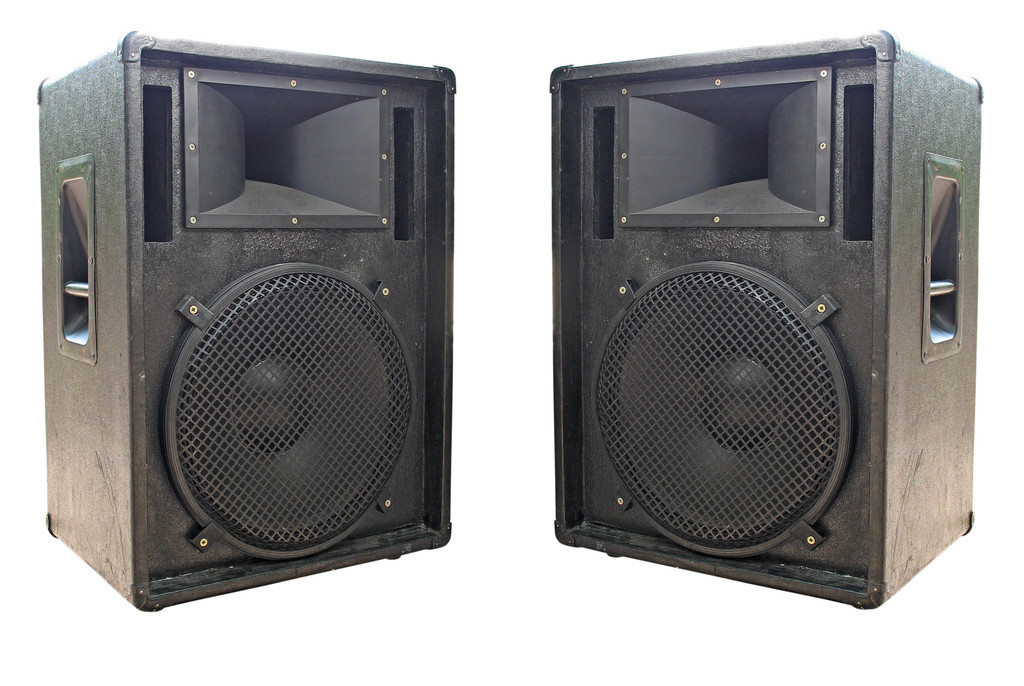
Outdoor speakers
Outdoor speakers are audio devices specifically designed for use outside, allowing you to enjoy your favorite music, podcasts, or other audio content in your backyard, patio, or any open-air space. They’re built with weather-resistant materials and features to withstand various outdoor elements, such as rain, humidity, sun, and temperature fluctuations.
One of the key factors that sets outdoor speakers apart from their indoor counterparts is their durability. They usually have tough, water-resistant enclosures and components that can hold up against moisture, dust, and even occasional splashes. Some models are even designed to be fully waterproof, making them suitable for use by the pool or in other wet environments.
Outdoor speakers come in a variety of styles and designs, including wall-mounted, in-ground, rock-shaped, and portable options. Wall-mounted speakers can be installed on exterior walls or under eaves, while in-ground and rock-shaped speakers can blend seamlessly into your landscaping. Portable outdoor speakers, on the other hand, offer more flexibility as they can be easily moved and placed wherever you need them.
When choosing outdoor speakers, it’s important to consider factors such as the size of your outdoor space, the desired audio coverage, and your aesthetic preferences. You’ll also want to think about the power source, as some outdoor speakers may require a connection to an amplifier or receiver, while others may be wireless and battery-powered.
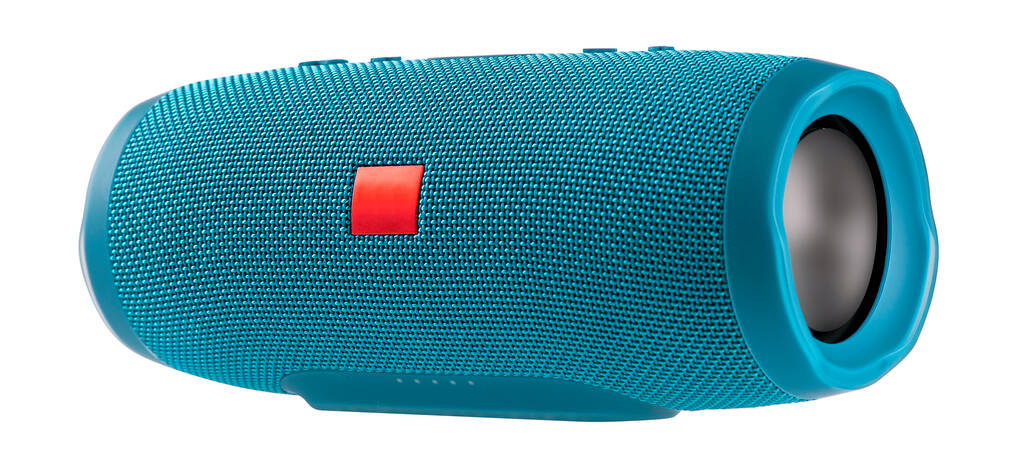
Bluetooth speakers
Bluetooth speakers are wireless audio devices that use Bluetooth technology to stream music, podcasts, or other audio content from your smartphone, tablet, or other Bluetooth-enabled devices. They’ve become increasingly popular due to their convenience, portability, and ease of use. With a Bluetooth speaker, you can enjoy your favorite tunes without the hassle of cords or wires, making it perfect for on-the-go listening or even just moving around your home.
One of the best things about Bluetooth speakers is the wide variety of styles, sizes, and features available. You can find everything from compact, pocket-sized speakers for travel to larger, more powerful models that can fill a room with sound. Some Bluetooth speakers also come with additional features, such as water resistance, built-in microphones for hands-free calling, or even integrated smart assistants like Amazon Alexa or Google Assistant.
When choosing a Bluetooth speaker, it’s important to consider factors such as battery life, sound quality, and the range of the Bluetooth connection. Battery life can vary widely, with some speakers offering just a few hours of playback, while others can last for 20 hours or more. Sound quality is also an important consideration, as smaller, more affordable speakers may not deliver the same level of audio performance as their larger, more expensive counterparts.
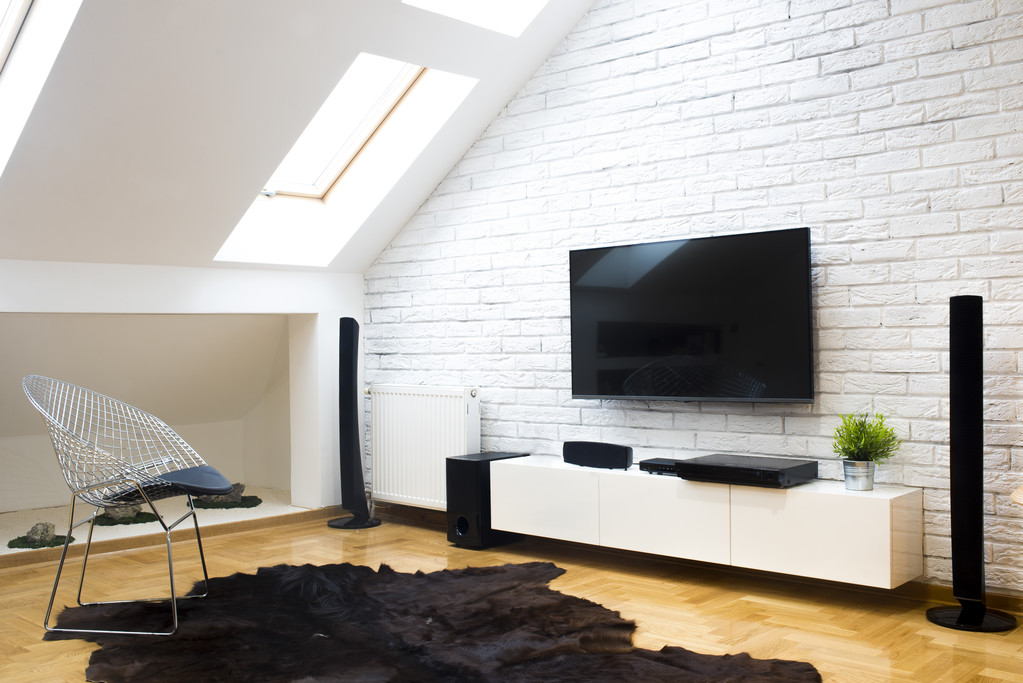
Home theater speakers
Home theater speakers are audio devices designed specifically to enhance the sound experience of movies, TV shows, and other media in the comfort of your own home. They work together to create an immersive, surround sound experience that brings your favorite content to life, making you feel like you’re right in the middle of the action.
A typical home theater speaker system consists of several components, including:
- Front left and right speakers: These are the primary speakers responsible for reproducing most of the movie’s soundtrack, including music, sound effects, and some dialogue.
- Center channel speaker: This speaker is placed directly above or below the screen and focuses on reproducing dialogue and on-screen sound effects, ensuring clear and balanced audio.
- Surround speakers: These speakers are placed to the sides or behind your seating area and create an enveloping soundstage, immersing you in the action with ambient sounds and directional effects.
- Subwoofer: The subwoofer is responsible for reproducing low-frequency sounds or bass, adding depth and impact to the overall audio experience.
When it comes to choosing home theater speakers, there are various options to consider, including pre-packaged systems and individual components. Pre-packaged systems, often called “home-theater-in-a-box” (HTIB), include all the necessary speakers and sometimes even an audio/video receiver. While these systems can be convenient and affordable, they may not offer the same level of performance and customization as selecting individual components.
When selecting individual speakers, it’s important to consider factors such as your room size, your budget, and your personal preferences. It’s also crucial to ensure that all the speakers in your system are well-matched in terms of power handling and sound quality, as this will create a more cohesive and immersive listening experience.
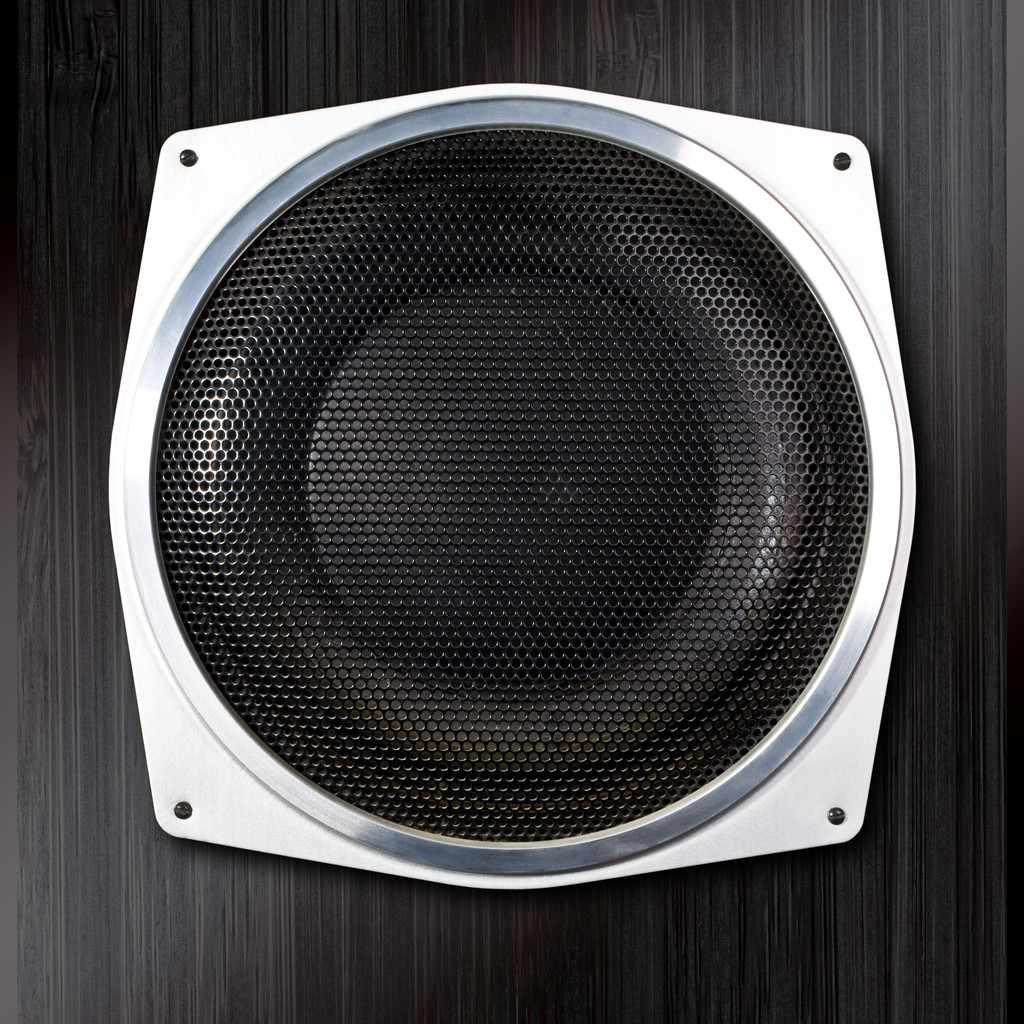
Multiroom speakers
Multiroom speakers, also known as whole-home audio systems, are designed to provide seamless audio playback throughout your home. They allow you to stream music, podcasts, or other audio content to multiple speakers in different rooms, creating a consistent and synchronized listening experience. With a multiroom speaker system, you can enjoy your favorite tunes while moving from room to room or even create different audio zones for different moods and preferences.
Multiroom speakers typically use Wi-Fi or a combination of Wi-Fi and Bluetooth to connect with each other and your audio source, such as a smartphone, tablet, or streaming service. This wireless connectivity makes it easy to set up and control your whole-home audio system through a dedicated app or, in some cases, voice commands via smart assistants like Amazon Alexa or Google Assistant.
There are various multiroom speaker systems available, with popular options including Sonos, Bose SoundTouch, and Denon HEOS, among others. These systems offer a range of speakers in different sizes, shapes, and power outputs to suit various room sizes and audio needs. Some multiroom systems also support integration with home theater receivers or soundbars, allowing you to combine your whole-home audio with your home theater setup for a more comprehensive entertainment experience.
When choosing a multiroom speaker system, it’s important to consider factors such as the size of your home, the number of rooms you want to cover, and your budget. It’s also worth considering the compatibility of the system with your preferred streaming services and smart home devices, as this can impact the overall ease of use and functionality.
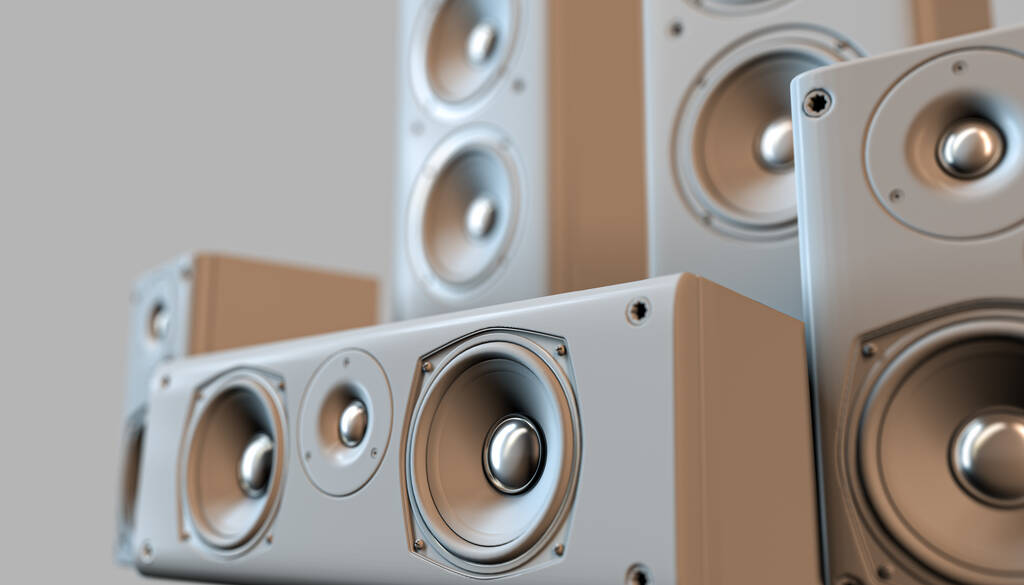
Surround sound speakers
Surround sound speakers are audio devices designed to create an immersive and enveloping sound experience by placing sound sources around your listening area. They are commonly used in home theater systems to enhance the audio experience of movies, TV shows, and other media, making you feel like you’re right in the middle of the action.
A surround sound system usually consists of multiple speakers, including front left and right speakers, a center channel speaker, surround speakers, and a subwoofer. The most common surround sound formats are 5.1 and 7.1. In a 5.1 system, you have five speakers (front left, front right, center, and two surround speakers) plus a subwoofer. In a 7.1 system, you have seven speakers (adding two more surround speakers) plus a subwoofer. More advanced formats, such as Dolby Atmos or DTS:X, add height channels for an even more immersive experience.
Setting up surround sound speakers involves carefully positioning each speaker in your room to create a balanced soundstage. The front left and right speakers are usually placed on either side of the TV, while the center channel speaker is placed directly above or below the screen. Surround speakers are placed to the sides or behind your seating area, and the subwoofer can be placed in a corner or along a wall, depending on your room’s layout and acoustics.
When choosing surround sound speakers, it’s important to consider factors such as your room size, your budget, and your personal preferences. It’s also crucial to ensure that all the speakers in your system are well-matched in terms of power handling and sound quality, as this will create a more cohesive and immersive listening experience.
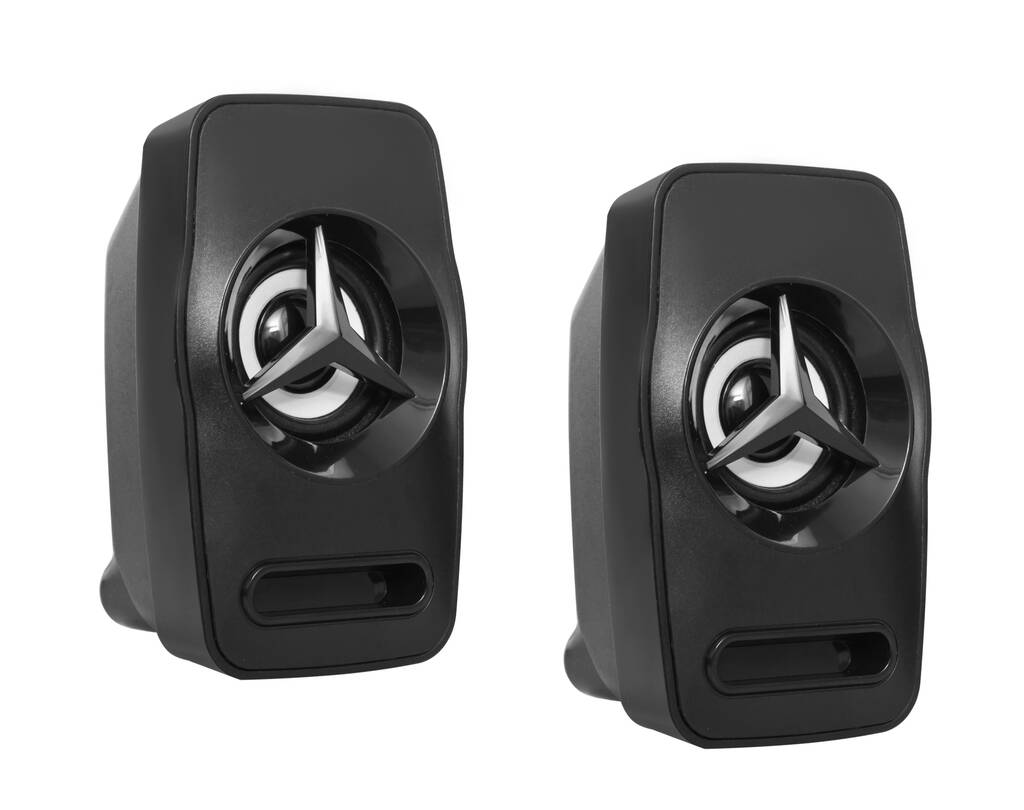
Computer speakers
Computer speakers are audio devices specifically designed for use with desktop computers, laptops, or other multimedia devices. They enhance the audio experience by providing better sound quality and volume compared to the built-in speakers typically found in computers and laptops. Whether you’re watching videos, playing games, or listening to music, computer speakers can significantly improve your listening experience.
Computer speakers come in various styles, sizes, and configurations, including 2.0, 2.1, and surround sound systems. A 2.0 system consists of two speakers (left and right channels) and is the simplest and most common setup for computer speakers. A 2.1 system includes two speakers plus a subwoofer, providing more powerful bass and a richer audio experience. Surround sound systems for computers are less common but can be found in configurations like 5.1, which includes five speakers and a subwoofer for a more immersive audio experience.
Most computer speakers connect to your computer or laptop through a 3.5mm audio jack, USB, or wirelessly via Bluetooth. Some models also offer additional connectivity options, such as an auxiliary input for connecting other audio devices like smartphones or MP3 players.
When choosing computer speakers, it’s important to consider factors such as your available desk space, your budget, and your audio preferences. If you have limited space, compact speakers or soundbars might be a good option. If you’re an audiophile or a gamer, you might prefer a 2.1 system or even a surround sound setup for a more immersive experience.
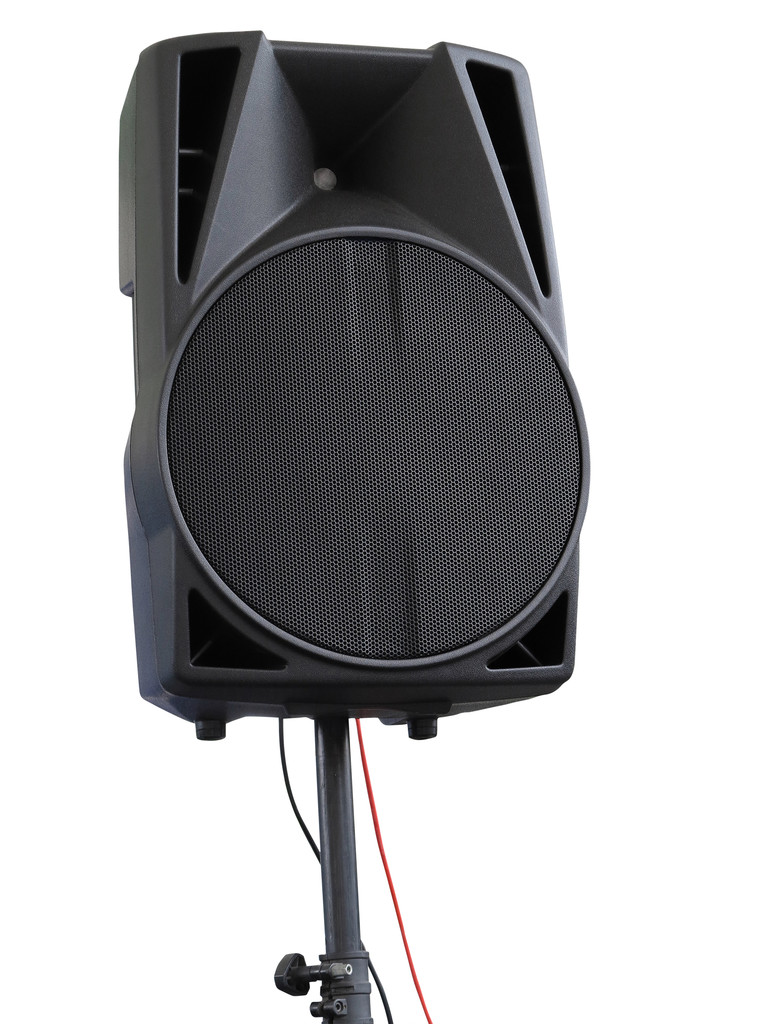
Karaoke speakers
Karaoke speakers are audio devices specifically designed to enhance the sound quality and volume of karaoke systems, allowing you to enjoy singing along to your favorite songs with friends and family. These speakers are built to handle the unique requirements of karaoke performances, including vocal clarity, powerful sound output, and the ability to mix microphone inputs with music playback.
Karaoke speakers come in various styles, sizes, and configurations, including portable options, all-in-one systems, and separate components that can be integrated into an existing audio setup. Portable karaoke speakers often include built-in amplifiers, mixers, and sometimes even wireless microphones, making them a convenient and easy-to-use option for on-the-go singing fun. All-in-one systems typically feature integrated speakers, a mixer, and a media player, offering a complete karaoke solution in a single package.
When choosing karaoke speakers, it’s important to consider factors such as your available space, your budget, and your audio preferences. If you’re looking for a portable option or have limited space, compact speakers or all-in-one systems might be a good fit. If you’re an avid karaoke enthusiast and want a more professional sound, you might prefer separate components, such as dedicated speakers, a mixer, and a karaoke player.
Some karaoke speakers also offer additional features, such as Bluetooth connectivity for streaming music from your smartphone or tablet, built-in light effects to enhance the party atmosphere, and echo or reverb controls to fine-tune your vocal performance.
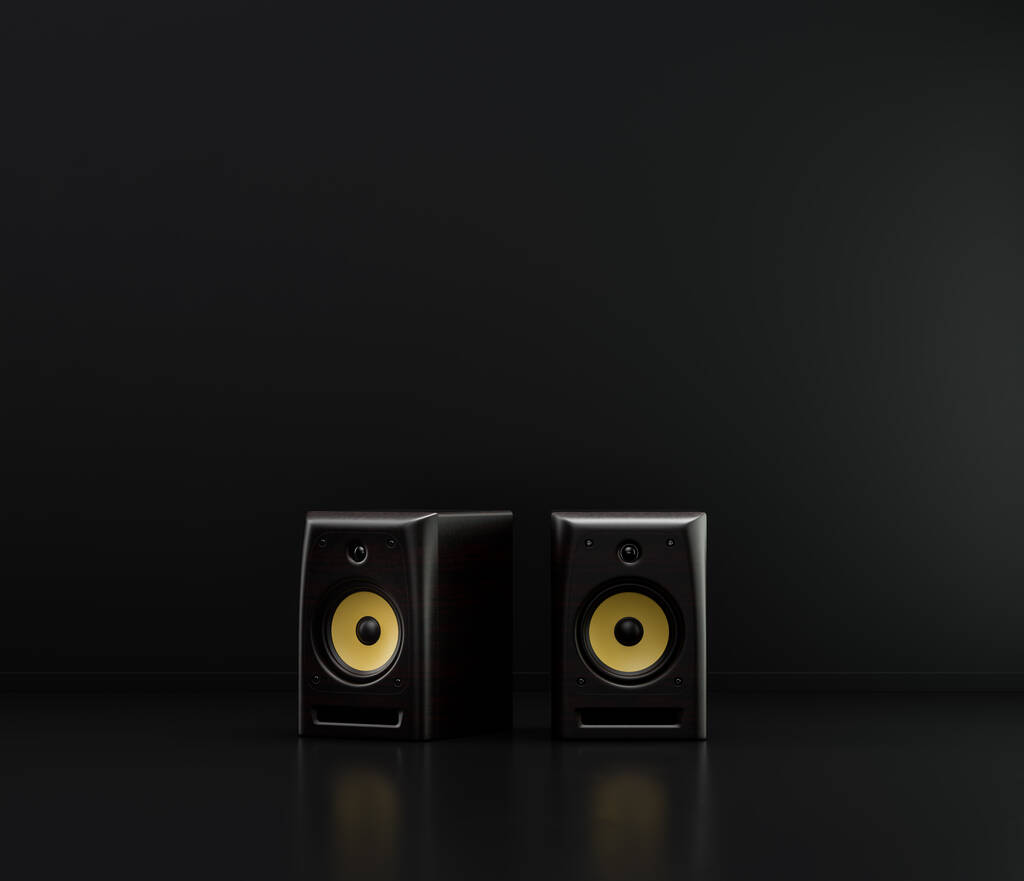
Amplified speakers
Amplified speakers, also known as active or powered speakers, are audio devices that have a built-in amplifier. This means they don’t require an external amplifier or receiver to produce sound, making them a convenient and easy-to-use option for various audio applications. The built-in amplifier provides the necessary power to drive the speaker, resulting in a simpler setup with fewer components and cables.
Amplified speakers come in various styles, sizes, and configurations, making them suitable for a wide range of applications, including home audio systems, studio monitors, PA systems, and portable speakers. They are often used in situations where simplicity and space-saving are essential, such as in small apartments, offices, or home recording studios.
When choosing amplified speakers, it’s important to consider factors such as your available space, your budget, and your audio preferences. Some amplified speakers are designed for specific purposes, such as studio monitors for accurate sound reproduction in music production, or PA speakers for live performances and events. Be sure to select speakers that are appropriate for your intended use and provide the desired sound quality and power output.
In addition to their built-in amplifiers, many amplified speakers also offer additional features, such as multiple input options for connecting various audio sources, tone controls for fine-tuning the sound, and Bluetooth or Wi-Fi connectivity for wireless streaming.
What Is Needed For Speaker Placement?
Properly placing your speakers can make all the difference in creating a high-quality audio experience.
In fact, it’s so crucial that it should be considered one of the top priorities when purchasing new equipment.
The distance between each speaker should also be taken into account, as well as their height in relation to seating positions. Ultimately, proper speaker placement will help achieve optimal sound quality and enhance your overall viewing experience.
What Amplifier Is Needed For Speakers?
Now that we know what is needed for speaker placement, let’s talk about the amplifier requirements for your speakers.
One of the most critical things when it comes to choosing an amplifier is making sure that it can match your speakers’ power handling specifications.
Speakers come in all shapes and sizes, and each one has its own unique sensitivity rating. This rating tells you how loud a speaker will play with 1 watt of power at a distance of 1 meter.
It’s essential to match your amplifier’s power output to your speaker’s sensitivity level; otherwise, you risk damaging your equipment or not getting the best possible sound quality out of your setup.
To ensure optimal performance from your audio system, consider these three factors:
- Amplifier Wattage: Choose an amp with enough power output to drive your speakers properly.
- Impedance: Match the impedance on both the amplifier and speaker.
- Sensitivity Rating: Make sure the sensitivity rating of your chosen amplifier matches that of the speakers.
As an audio engineer, my goal is to help you achieve high-quality sound in any setting. Matching amplifiers and speakers may seem complicated initially, but once done right, you’ll have a seamless listening experience that immerses you in soundscapes like never before!
So now that we understand how important it is to match our gear correctly let us move onto testing our speakers’ quality – something every audiophile should do regularly!
How To Test Speakers For Quality?
When it comes to testing speakers for quality, sound clarity is key. You should always listen to see if there’s any distortion or harshness in the sound.
Next, check the frequency range – make sure it’s wide enough to cover a variety of genres.
Finally, pay attention to the power handling – make sure it can handle the wattage you need for your particular setup.
Sound Clarity
When it comes to choosing the perfect speakers, one of the most important factors is sound clarity.
As an audio equipment specialist, I’ve tested countless speakers and found that those with clear and crisp sound are always the best choice for any listener.
To test a speaker’s sound clarity, listen carefully to how the music or audio sounds.
Does it have a muffled or distorted quality?
Is there any crackling or popping noises?
These can all indicate poor sound clarity, which will ultimately affect your listening experience.
It’s important to choose speakers that not only produce high-quality sound but also do so consistently across different types of audio content.
Don’t settle for anything less than exceptional sound clarity when selecting your next set of speakers – you won’t regret it!
Frequency Range
Now that we’ve covered the importance of sound clarity when testing speakers, let’s move on to another critical factor – frequency range.
As an audio equipment specialist, I recommend paying close attention to a speaker’s frequency response range when evaluating its quality.
The frequency range refers to the number of audible frequencies within which the speaker can reproduce sound accurately.
A wider frequency range means more variation in pitch and tone that the speakers can handle, resulting in a richer listening experience.
So, if you’re looking for exceptional sound quality from your speakers, pay careful attention to their frequency response range!
Power Handling
Now that we’ve covered the importance of frequency range when testing speakers, it’s time to dive into another crucial factor – power handling.
As an audio equipment specialist, I cannot stress enough how vital power handling is in determining speaker quality.
Power handling refers to a speaker’s ability to handle and distribute its maximum wattage without distortion or damage.
The perfect speakers should have a high power handling capacity because it ensures they can deliver optimal performance even at high volumes.
So if you’re seeking top-notch sound quality from your speakers, don’t forget to evaluate their power handling capabilities before making any purchase decisions!
What Are Some Tips For Choosing The Right Speakers
Choosing the perfect speakers for your home audio system can be compared to selecting the right ingredients for a gourmet meal.
Just as how each ingredient contributes to the overall flavour of the dish, every aspect of stereo speakers affects its sound quality.
The size and shape of the room, listening preferences, and budget all play crucial roles in determining which type of speaker will best suit your needs. When looking to buy speakers, it’s important to consider if you want a surround sound system or just a simple two-speaker setup.
Surround sound systems offer an immersive experience that makes movies feel like they’re happening around you. On the other hand, if you prefer music over movies, a pair of high-quality stereo speakers may be enough to satisfy your needs. In either case, make sure to take into account the space where the speakers will be placed so that you can choose one with appropriate power and frequency response.
With these tips in mind, finding the perfect set of speakers doesn’t have to be overwhelming or intimidating; instead, it can become an enjoyable exploration towards achieving optimal audio satisfaction.
Conclusion
So, there you have it – everything you need to know about choosing the perfect speakers. As an audio equipment specialist, I can attest that investing in a quality set of stereo speakers is a decision that will enhance your listening experience and bring music to life.
But before making any purchases, ask yourself: what are my needs? Consider your budget, room size, and desired sound quality.
Do you want bookshelf or floor-standing speakers? How important is bass response to you?
Remember, placement is key! Take into account distance from walls and other objects and listen for the best possible sound. And don’t forget about amplifiers – they play a crucial role in powering your speakers.
So go ahead and test out some options at your local store or online retailer. Remember these tips and trust your ears when selecting the right pair of speakers for you.
Happy listening!
Tom
I’m Tom S. Ray and I’m head mastering engineer at Audio Unity Group. I also hold a bachelor with honours degree in music from Kingston University in London, I lecture mastering to students in Edinburgh College and to my online students via my Mastering Mastery audio mastering online course.

